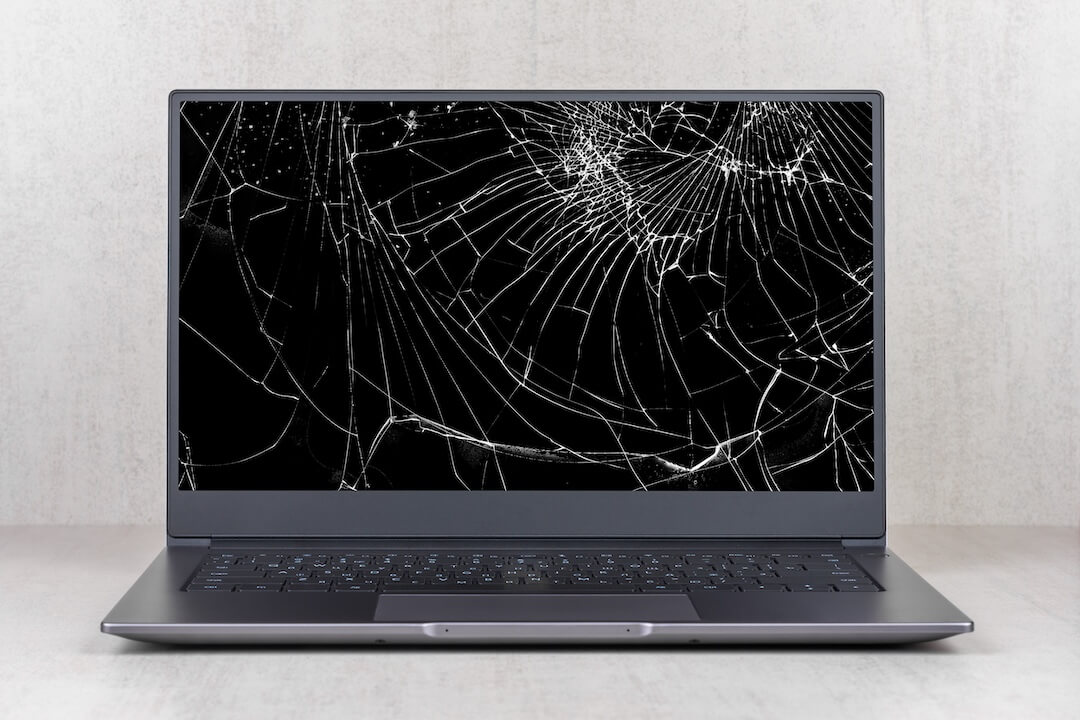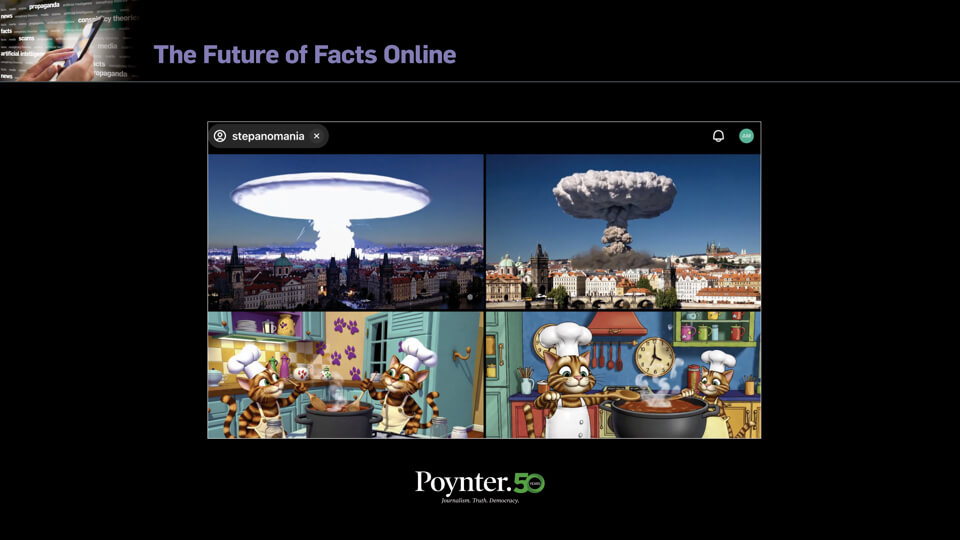University of Texas scholar Iris Chyi has been saying for more than a decade that digital news reports are an “inferior good” to a daily print summary and largely fail to draw a paying audience or advertising. Memorably, she called digital the “ramen noodles” of journalism — food for news seekers, but food that is not especially nourishing or appealing.
Her latest study does not recant but aims to explore making the best of digital, even if big financial challenges remain. She first set out to see whether the two years of the COVID-19 pandemic resulted in a surge of paid digital subscriptions. Her answer: At the 18 large papers studied, yes, the data shows that. But the bounce faded once the health crisis, with its many newsworthy local variations, receded.
The second leg of the paper looked at comparative pricing. The rates for digital subscriptions remain steady and low, Chyi argued, but the cost of all-access print subscriptions has soared, in many cases to more than $1,000 a year. In effect, newspapers are running their print subscribers off, hoping to convert at least some of them to paying for digital rather than dropping the news report altogether.
“She has a point,” Dean Ridings, executive director of the America’s Newspapers association, told me. With the potential news audience growing younger year by year, he said, “everyone is aware of the need to transition. … The issue is how to monetize that.” The interlocking problem of building a digital audience and then convincing them to pay has proved thorny, as Chyi says.
At the same time, Ridings said, among his members, many of them smaller family-owned papers, “there is no plan to go away from print, even though there are lots of challenges” there too.
Drawing on Nielsen Scarborough research and her own, Chyi has argued that print held a large lead in readers at the start of the 2010s — and an even bigger one in comparative revenues. Both of those gaps persist, she says. Only a few papers like The New York Times and The Boston Globe have evened out subscription revenues from the two formats.
Like many academics, Chyi builds her work around hard data. She does not go out interviewing newspaper executives, as a journalist might. That leaves her without much to say about costs, and her latest paper acknowledges that as a limitation.
However, she has presented at industry conferences (notably a WAN-IFRA international publishers convention), often enough to get a sense of why her viewpoint gets blown off.
“Digital enthusiasts often find my message hard to swallow,” she told me via email. “The NAA (Newspaper Association of America) once declined to publish a research synopsis they had invited me to write, stating: ‘Your findings show … moving to digital might not be the best strategy. With so many of our members going (that) route … they fear it will appear like we’re knocking that approach.’ This illustrates how groupthink might have prevented the industry from making better decisions.”
After contrarian columnist Jack Shafer wrote about Chyi’s nonconforming views in October 2016, her profile increased and a debate of sorts was joined. The late Steve Buttry, longtime journalist and media critic, wrote an impassioned blog post saying that despite industry rhetoric, a full commitment to a digital-first strategy had not yet been tried.
My Poynter colleague Ben Mullin (now with The New York Times) published a piece sardonically headlined “It’s 2016, and we’re still arguing whether newspapers should have websites.”
That sort of dialogue has faded. Print costs — especially those for paper, pressrooms and home delivery — are up through the roof. So an imperative to go digital makes even more sense to those running newspaper organizations, even as they can see that that transition will take at least five or 10 years.
I asked Chyi what she would advise newspaper publishers to do.
“This is a difficult question,” she replied. “During the past 20-plus years, I’ve always suggested the industry to value audience research, wake up from unrealistic digital dreams, and serve readers with quality content delivered through preferred channels. Looking at the data, I wonder if it’s a little too late. Even my colleague suggested that I study something new. But I guess it is never too late to learn from an industry’s ‘colossal mistake’ and to acknowledge that digital is not better.”







